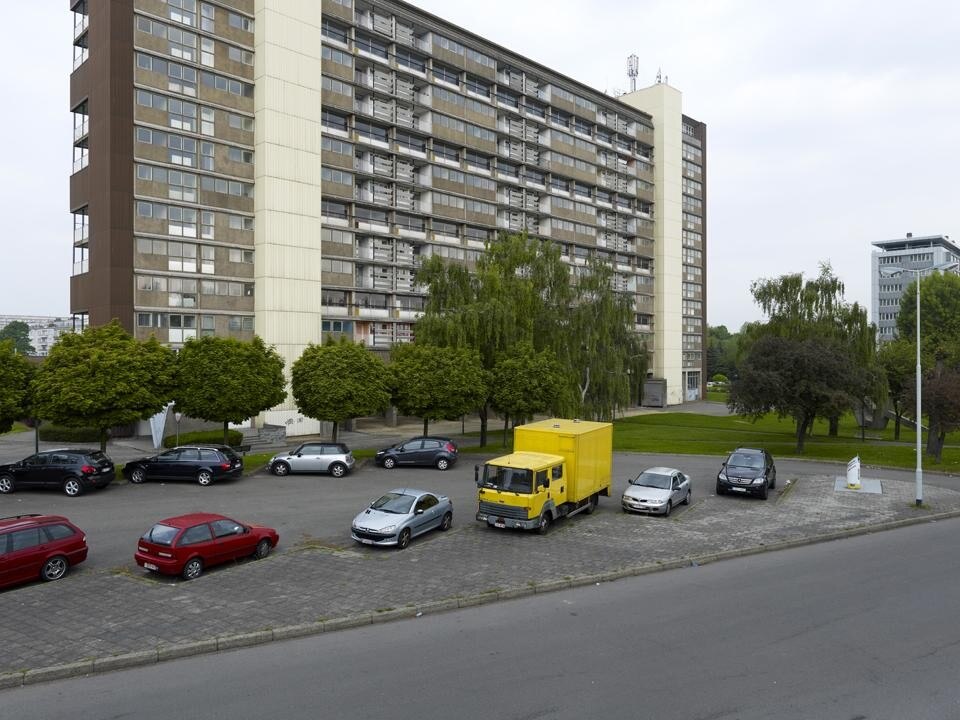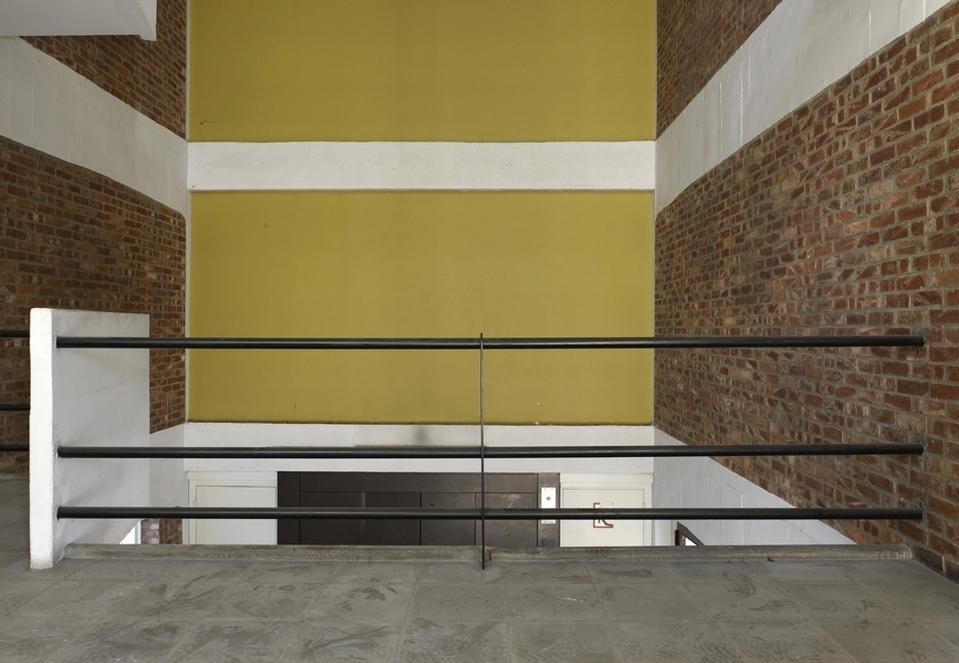Kristien Daem. Gevaert Editions, 2011 (76 pp., € 39).
The subject of the book Apartment, Wall is a neglected modernist social housing complex in the legacy of unité d'habitation by the architect Willy Van Der MeerenWilly Van Der Meeren (1923–2002) was a Belgian Modernist architect whose social ideology led him to the view that architecture and design should be for the masses and not for the privileged few. Each design was tailored to meet the needs of the people. Inspired by Le Corbusier, Jean Prouvé, and prefab, he experimented throughout his career with different ways of providing shelter. He went on to become one of the most important Belgian Modernist designers after World War II. But like many other Belgian architects of the day, he never gained international recognition.
Van Der Meeren's aim to build affordable housing for the general population resulted in the Ceca houses of 1955, which were based on a modular system with a steel frame at the core. The cost of the house was equivalent to that of a Ford car at the time (approximately €3650), fulfilling his wishes. Finally, due to not being granted a permit by the national low income housing association to build on a massive scale, he realised no more than a dozen of these houses, and they weren't inhabited by ordinary people but by intellectuals, contrary to his intention. This is the unfortunate paradox that much architectural thinking was subject to in the past and which is still the case.
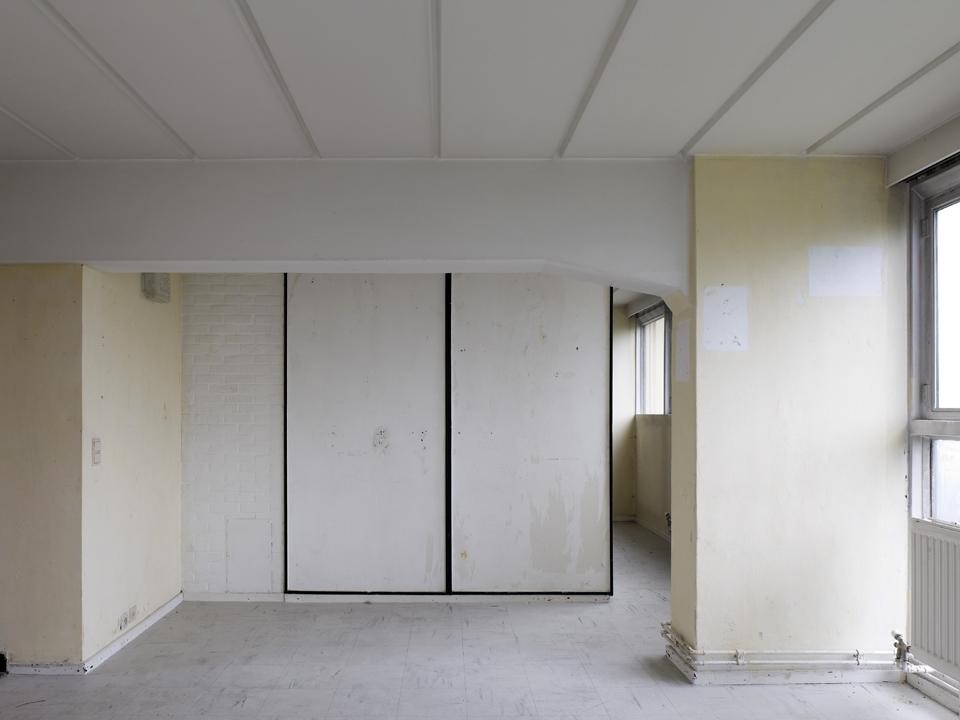
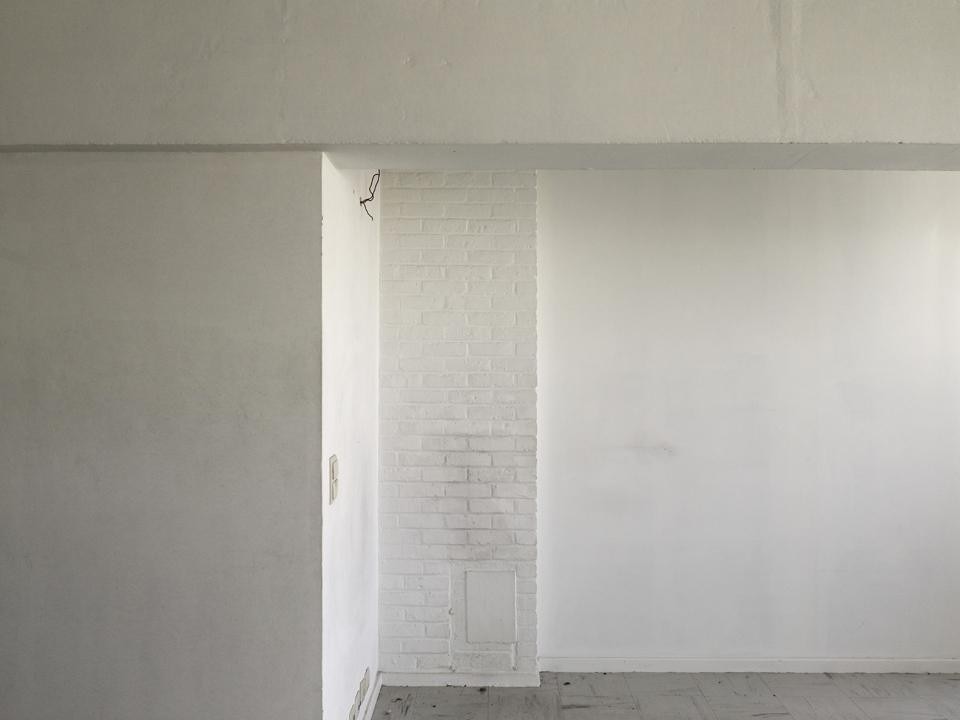
"The images are not site specific, but still they are site generated. Each image gains a specific place in the sequence of the book. As a sequence invites us to reflect on the process of thinking, it invites us also to think about the space/building. This sequence doesn't represent the space as a reconstruction but as a movement through and around the building. The truth of the building lies on the thin surface of the construction. This visible surface becomes the layer of the story. The three-dimensional space of a building is reduced to a two-dimensional space of a photograph, losing all depth and exploring the limits of the camera."
The three-dimensional space of a building is reduced to a two-dimensional space of a photograph, losing all depth and exploring the limits of the camera.
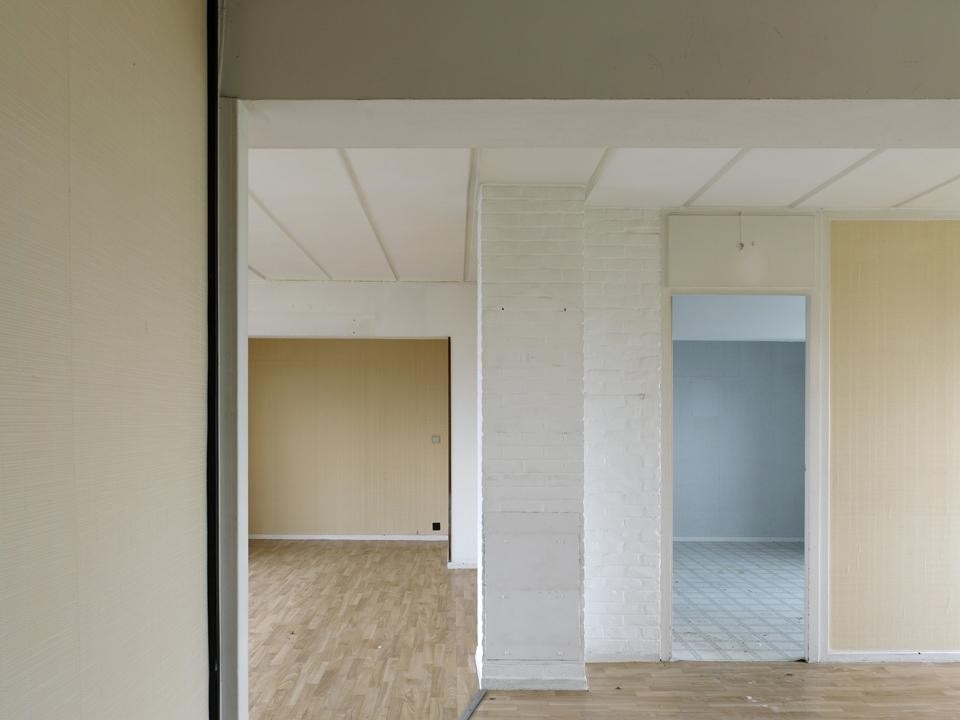
In the details, however, the viewer gets a glimpse of Van Der Meeren's skills. But more than this, the images indicate the atmosphere within the high-rise today and the associated change in ideas.
Angelique Campens
